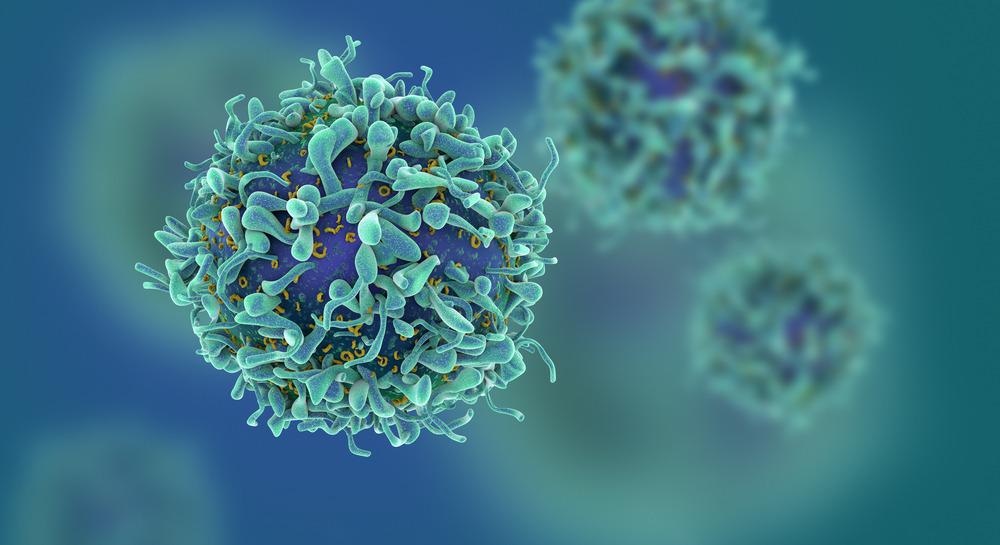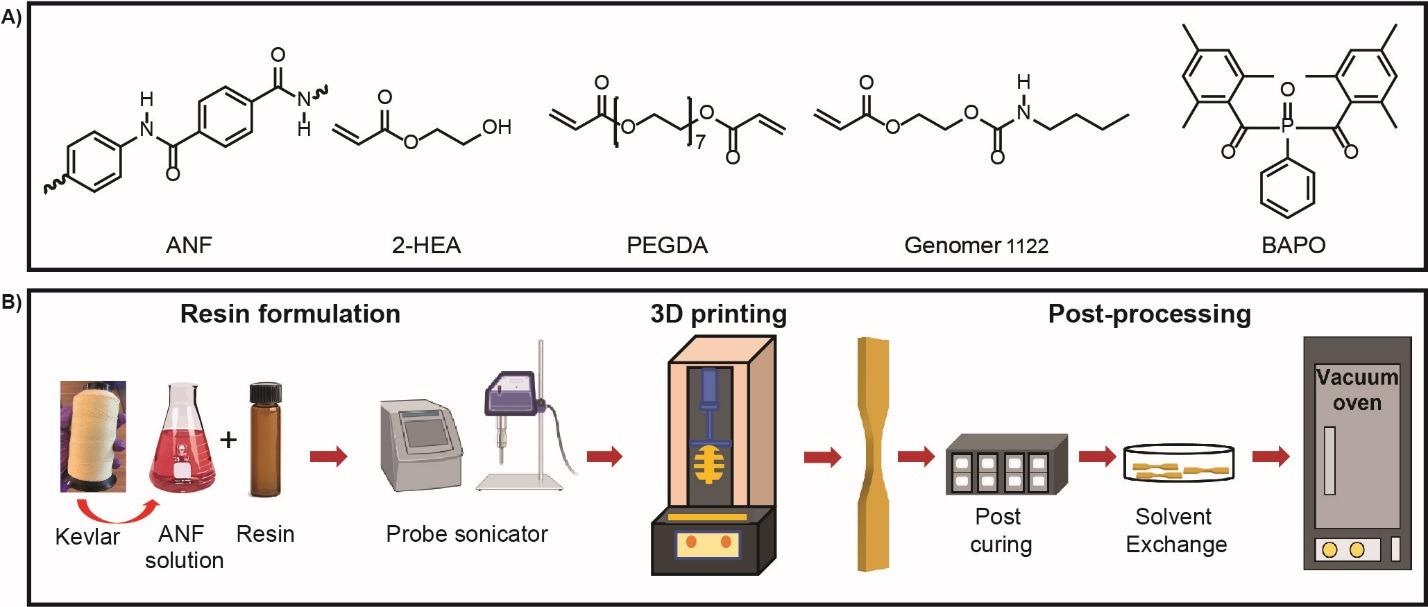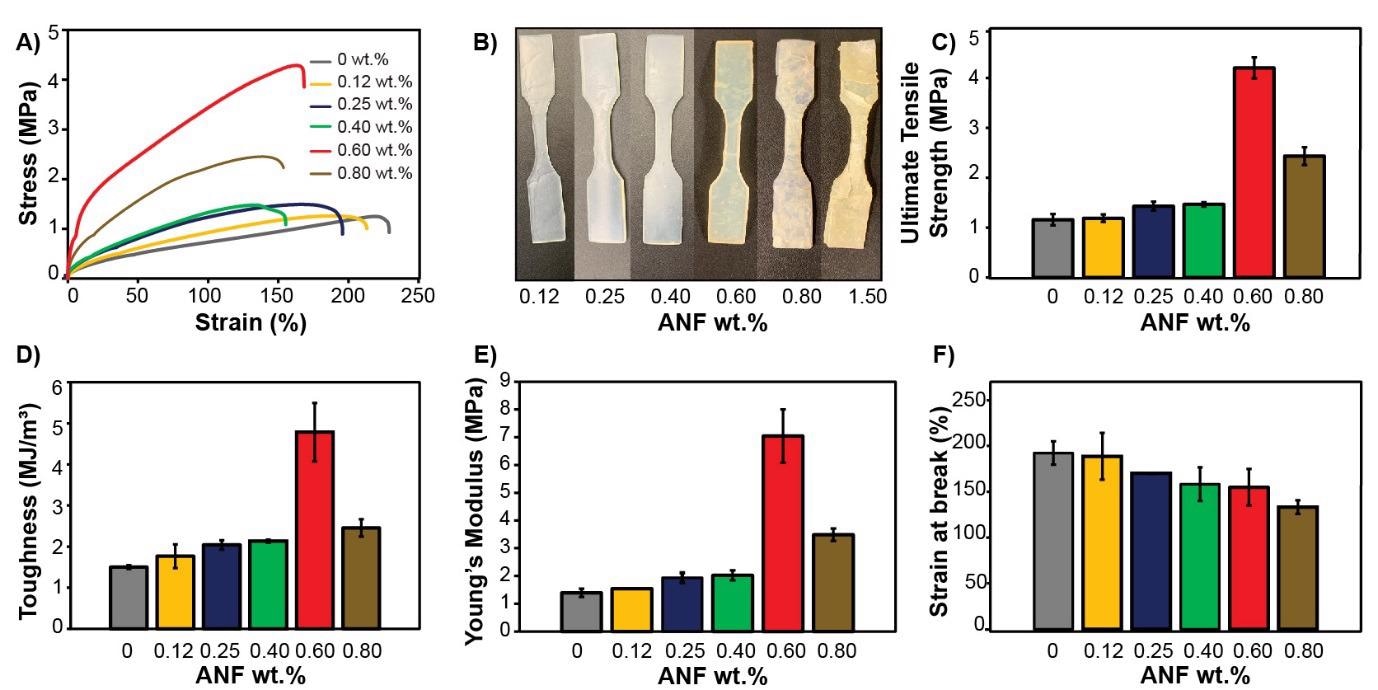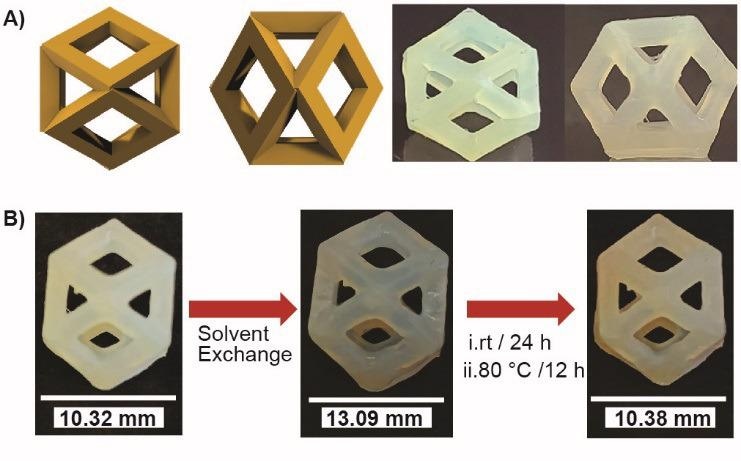Recently, research published in the journal Organic Chemistry has presented a method for the prevention of metabolic adaptation in cancer cells using supramolecular nanostructures, namely platinum nanofibers.

Study: Platinum (II) Nanofibers as Assembly-driven Inhibitors of Metabolic Adaptation in Cancer Cells. Image Credit: fusebulb/Shutterstock.com
While recent associations with the term ‘nano’ in relation to nanotechnology, nanomaterials, nanostructures, and nanofibers suggest a human-made technological endeavor, not all objects at a nanometer scale are fabricated or synthesized artificially.
In fact, nanostructures and nanostructure-based functions occur throughout the natural world and are essential for the diversity of life. However, it has previously been difficult to establish the natural mechanisms that determine their bioactivity and translate this into synthetic designs.
Thus, there is a resulting scarcity in “strategies that connect bioactive functions through structure formation,” explains co-author Professor Tanja Weil at the Max Planck Institute for Polymer Research.

Figure 1. (A) Molecular structures of the components used for the formulation of an ANF containing photoresin (B) A schematic diagram for the steps followed for the nano filler preparation, photoprinting and post processing procedures followed for the printed nanocomposites in this study.
Inhibiting Metabolism of Cancer Cells
However, Weil and her team propose that cancer cell adaptation can be “broadly targeted by assembly-driven metabolic inhibition, by blocking AGlyc/OxPhos pathways and thus ATP-dependent downstream processes.”
This proposal could be leveraged as an alternative therapy for impacting cancer cells in the treatment of patients. Since metabolism is considered a vital series of processes that define cellular life, designing a method that targets aerobic glycolysis in cancer cells could present a treatment that, unlike radiotherapy and chemotherapy, does not have adverse effects on a patient’s healthy cells.
“We rationalized that nanostructures could plausibly exhibit broad bioactivity on a systemic level that impacts multiple biological pathways simultaneously. In this regard, metabolism is a critical set of processes that define cellular life, and it has witnessed increasing focus due to the rising significance of aerobic glycolysis (AGlyc) in cancer cells,” says Weil.
Platinum Nanofiber Development
For their novel approach of an alternative treatment strategy, the researchers designed a near-infrared emitting platinum (II)-tripeptide that experiences a realignment using endogenous H2O2 to quickly assemble into fibrillar superstructures.
The platinum nanofiber that the team designed is made up of three functional modes, which include a pro-assembling isopeptide, a transporter peptide, and a Pt-tpy complex coordinated to the alkynyl group on the N-terminus of the ISA peptide.
They discovered that the structure, as a result of their design, prevented the metabolism of aggressive metastatic MDA-MB231 cells and A549 cells at the systemic level by way of inhibiting aerobic glycolysis and oxidative phosphorylation, thus closing off the production of ATP.

Figure 2. Evaluation of mechanical properties of the control photoresin and the ANF nanocomposites. (A) SLA printed tensile specimens of nanocomposites with different concentrations of ANFs (B) Representative stress-strain curves (C) Ultimate tensile strength (D) Toughness (E) Young’s modulus (F) Strain at break of the control photoresin and nanocomposites with different concentrations of ANFs.
ATP (also called adenosine triphosphate) is a substance present in all living cells and supplies energy for numerous metabolic processes, as well as being involved in the production of RNA. Cancer cells have the capacity to produce ATP almost 100x faster than normal cells and exhibit an enhanced rate of glycolysis during periods of rapid growth. Cancer cells heavily depend on these metabolic precursors; the enzymes that manipulate these pathways are often over-expressed or mutated in cancer cells.
Thus, alternative therapies that could inhibit this process could therefore in fact open the door for innovative biomedical solutions beyond traditional treatment methods. By way of designing a pro-assembling Pt(II)-containing peptide the researchers have demonstrated a way of disrupting aerobic cancer cell metabolism and conversely generate a cancer cell apoptosis.
Future Therapeutics
When developing future, alternative therapies, researchers understand that cancer cells do not function in isolation. Tumors are a made up of complex tissue networks, not just of cancer cells, but also blood vessels and immune cells. These healthy cells are then inhibited by the growth of cancer cells which can produce mutations which support the growth of cancerous cells.
As previously mentioned, current therapeutics which target cancer cells – such as radio- and chemotherapy – also have a detrimental effect on healthy tissues which can lead to a multitude of other health issues and even put doctors and healthcare workers at risk.
Therefore, alternative therapeutics that target cancer cells while maintaining the health of other cells are highly sought after and are undergoing extensive research. Nanotechnology has showed promise over the last decade as nanotechnology-based or nanostructure-based treatments spare healthy cells and therefore should theoretically cause fewer side-effects.

Figure 3. (A) Digital designs and the SLA printed 0.60 wt.% ANF nanocomposite structures (B) As printed Vesak lantern, after solvent exchange in DI water for 12 h, and after drying. White scale bars represent the length of the Vesak lantern.
Nanotechnology can help to make cancer treatments safer and more precise, as demonstrated in the study presented by Weil et al. “By demonstrating that complex cellular functions can be addressed purely by supramolecular order, we hope that synthetic nanostructure formation in cells can be established as an alternative therapeutic platform in the near future,” explained Weil.
Note: This research was posted to the preprint server ChemRxiv: ChemRxiv publishes preliminary scientific reports that are not peer-reviewed and, therefore, should not be regarded as conclusive or treated as established information.
References
Zhixuan Zhou, Konrad Maxeiner, Pierpaolo Moscariello, Siyuan Xiang, Yingke Wu, Colette J. Whitfield, Lujuan Xu, Anke Kaltbeitzel, Shen Han, David Mücke, Haoyuan Qi, Manfred Wagner, Ute Kaiser, Katharina Landfester, Ingo Lieberwirth, David Y.W. Ng, and Tanja Weil. (2021). ‘Platinum (II) Nanofibers as Assembly-driven Inhibitors of Metabolic Adaptation in Cancer Cells’. Organic Chemistry. https://chemrxiv.org/engage/chemrxiv/article-details/618b13682bf8a9adf5d6510c
Disclaimer: The views expressed here are those of the author expressed in their private capacity and do not necessarily represent the views of AZoM.com Limited T/A AZoNetwork the owner and operator of this website. This disclaimer forms part of the Terms and conditions of use of this website.